Have a Doctor’s Referral?Book now
Plantar fasciitis is the inflammation, fraying and/or tearing of the plantar fascia, resulting from excessive stress or tension on the tendon. An estimated 1 in 10 people will experience this condition in their lifetime. If not dealt with promptly, this frustrating condition can persist for long periods of time and commonly recur.
With plantar fasciitis being the #1 foot condition, our pedorthists and Fitting Experts have had thousands of opportunities to refine our process and help you recover quickly while minimizing the likelihood of recurrence.
Recovery isn’t as simple as buying a single product to solve your problem. Our team will give you real advice, education, and guidance to help you recovery quickly without wasting your time and money on products that don’t work.
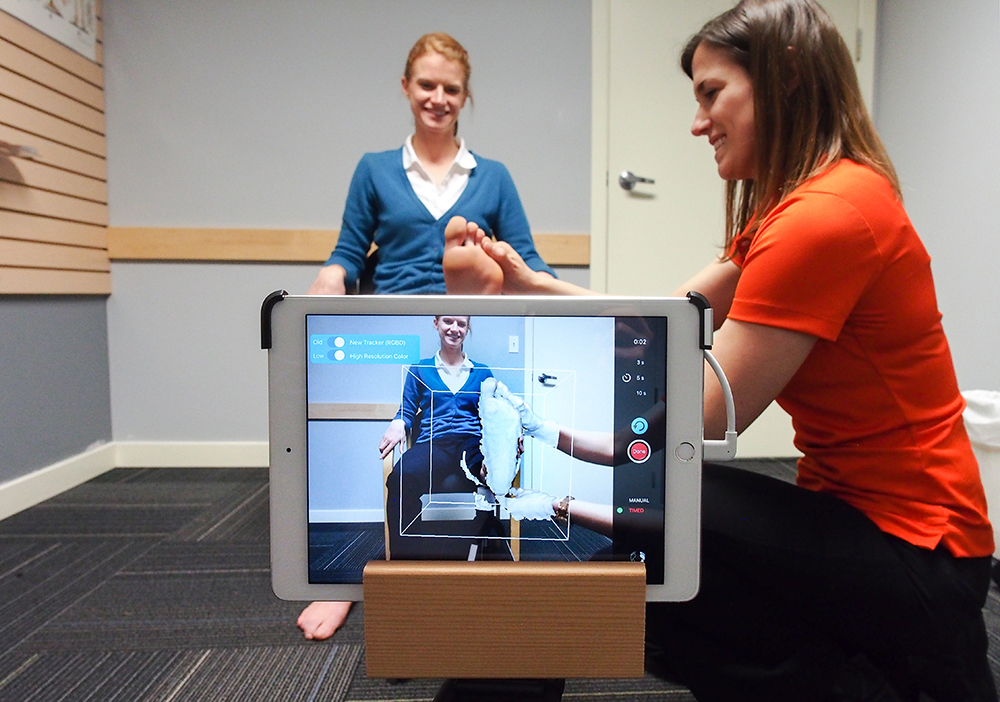
You may not require all of these steps, but studies show that the quickest and most effective way to recover from plantar fasciitis is to combine multiple treatments into a structured program.
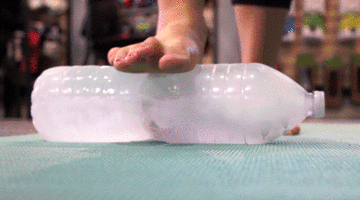
Rest is extremely important. Use pain as your guide: If your feet hurt while standing or walking, limit the time spent on your feet.
Ice the area under the heel and arch several times a day—especially after prolonged standing, walking and activity—to reduce inflammation and enable proper healing.
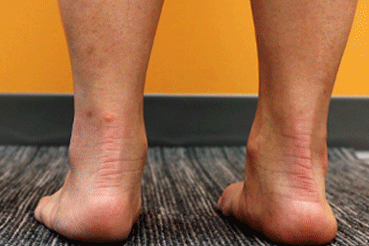
Daily rehabilitation of the plantar fascia is key as it increases tissue flexibility and helps prevent fraying or tearing.
Download our FREE 10-Minute Plantar Fasciitis Recovery Guide
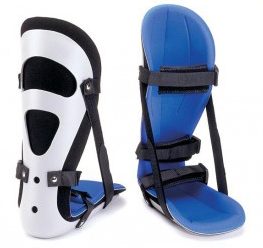
A night splint keeps your foot in a 90-degree position while you sleep. This allows the plantar fascia to heal and recover in an optimal / lengthened position.
If you experience pain in your feet each morning, that is one of the best indications that night splints will work for you.
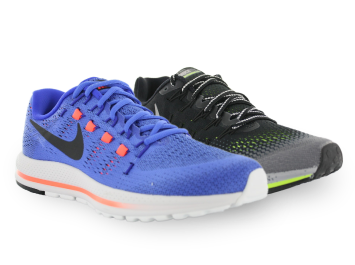
If you have a flexible foot, a structured shoe with torsional stability and a heel counter can help reduce some tension to the plantar fascia. However, if you have a rigid foot, a shoe with good shock absorption can help lessen impact forces to the heel.
One of the functions of the plantar fascia is to propel the foot during toe-off. A stiff front rocker can aid in this motion while reducing strain and lessening the workload on the plantar fascia.
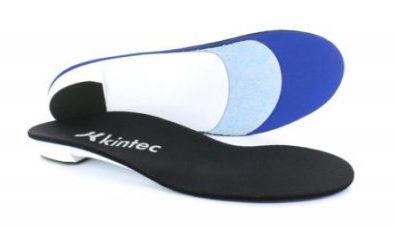
If you have a flat collapsed arch, an orthotic will help alleviate strain on the plantar fascia by supporting your foot. Alternatively, if you have a high rigid arch, an orthotic will distribute the pressure along the bottom of your foot and away from your heel.
Custom foot orthotics are a clinically proven (Gross et al. 2002, Landorf et al. 2006) to improve pain and function in patients with plantar fasciitis through their mechanical support. 85% of our patients felt improvements after wearing custom orthotics.*
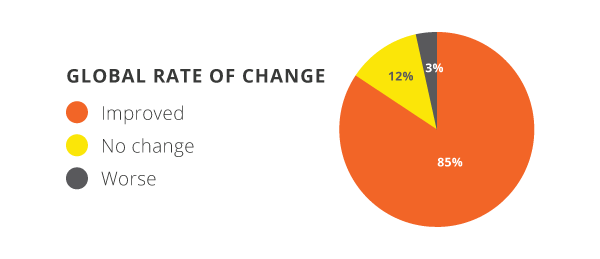
*Based on study of 1500+ patients in 2017. Not including improvements from adjustments.
Learn more about custom orthotics.
